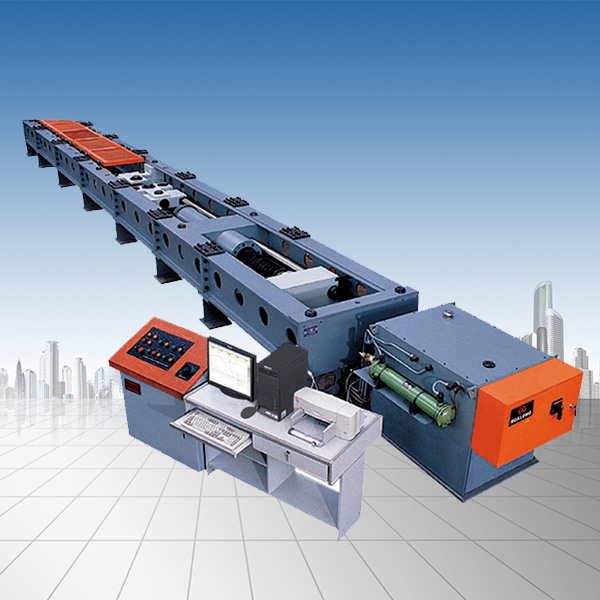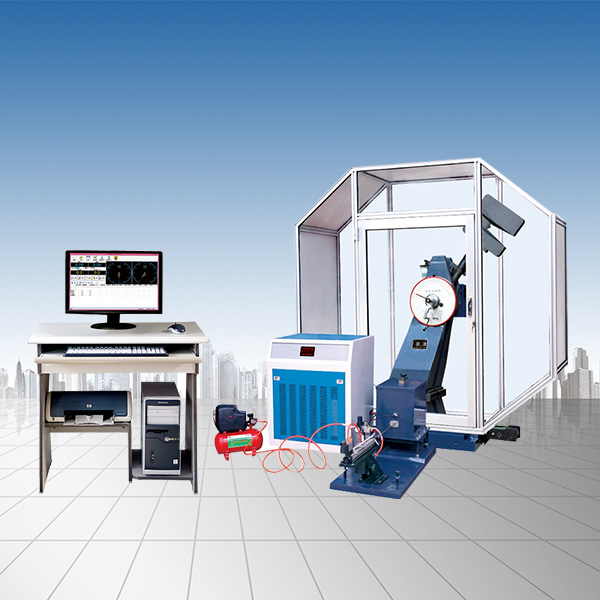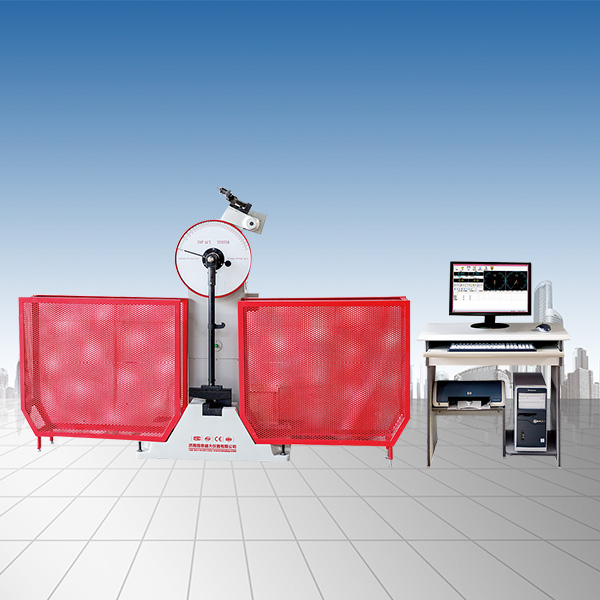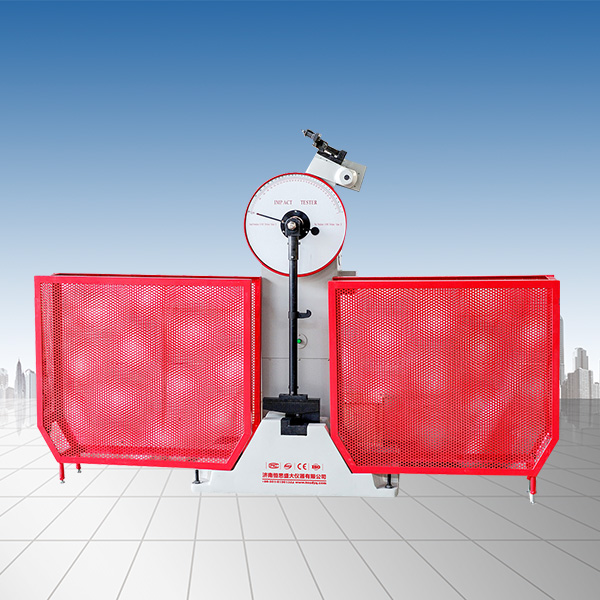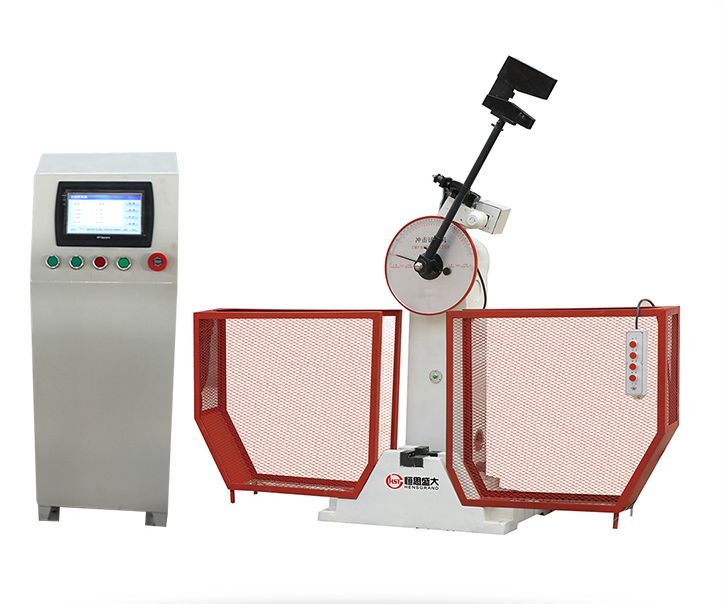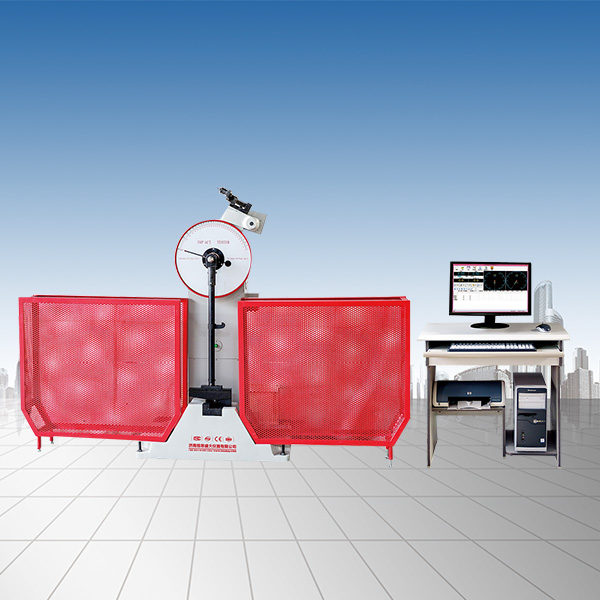Company News
Torsion test machine
Release time:2018-11-23 source:Jinan Hengsi Shanda Instrument Co., Ltd. Browse:
A torsion testing machine is a device specially used to apply torque to the sample and measure the torque magnitude. It has many types and different structural forms, but it is generally composed of two basic parts: loading and force measurement. Now, the NJ-100B torsion test machine is used as an example to illustrate the structure and working principle of the torsion test machine. This test machine uses servo DC motor loading, lever electronic automatic balance force measurement and thyristor stepless speed control to control the loading speed, and has the advantages of forward and reverse loading, high accuracy and wide speed. The torque is 1000Nm and divided into four-stage dials, which are 0-100Nm, 0-200Nm, 0-500Nm, and 0-1000Nm. Loading speeds are 0~360/min and 0~3600/min. Working space 650mm.
1. Loading system
The loading mechanism mounted on the test machine slide is supported by six ball bearings on the guide rails of the base and can slide forward and backward. When loading, turn on the power switch, and the DC motor rotates, and the two stages of the reduction gear box reduce the movable chuck, thereby applying torque to the specimen installed between the chuck and the chuck. The power switch is on the panel. There are three load buttons in a set of them, which can control the forward and reverse loading and shutdown of the test machine. The loading speed is shifted by the speed range switch and adjusted by a speed regulator.
2. Force measurement system
The force measuring mechanism is a lever electronic automatic balancing system. When the test piece is twisted, the torque is transmitted to the force measuring system by the fixed chuck. The forward rotation of the motor causes the lever to rotate counterclockwise, and the force is transmitted to the variable fulcrum lever through point A; the reverse rotation of the motor causes the lever to rotate clockwise, and the force is transmitted to the variable fulcrum lever through point C. The tension F on the pull rod acts on the left end of the lever through the blade D. The lever rotates around the B fulcrum to lift the right end, pushing the iron core of the differential transformer to move, sending an electrical signal, and rotating the servo motor through the amplifier, driving the wire to pull the thallium horizontally. When the thallium moves and the torque with B as the fulcrum reaches equilibrium Q×S=F×r, the lever returns to the horizontal state, and the iron core of the differential transformer also returns to zero. At this time, the differential transformer has no signal output and the servo motor stops rotating. It can be seen from this that the torque is proportional to the moving distance S of the thallium and is proportional to the pulling load F. The steel wire drives the pulley to rotate, thereby deflecting the pointer, and the deflection angle is proportional to the displacement S of the thallium. After calibration, the pointer can indicate the specific value of the torque on the dynamo. If you need to change the velocity dial, turn the range selection knob, and drive the cam gear to rotate through the chain and F gear, so that different cams on the cam gear shaft contact different fulcrums on the variable fulcrum lever, so that the proportion of the force arm on the lever can be changed, achieving the purpose of changing the torque range.
3. Recording system
For torsion experiments, the torque T and torsion angle Φ curves are recorded. The plotter consists of a drawing pen and a roller. The horizontal movement of the drawing pen indicates the torque. While the pulley drives the pointer to rotate, it also drives the wire to move the drawing pen horizontally. The rotation of the drawing roller represents the rotation of the movable chuck. It is a rotation signal given by the auto-angle engine, and is amplified by the amplifier and output to the servo motor and the auto-angle transformer, thereby rotating the drawing roller. Its rotation amount is proportional to the rotation angle of the specimen. This will automatically draw the T-Φ curve.
4. Operation steps and precautions
1. Operation steps
1) Estimate the torque required by the experiment and select the required velocity dial.
2) Select appropriate jaws and bushings according to the shape of the sample clamping end.
3) Install the pen and paper on the automatic plotter and turn on the plotter switch.
4) Turn on the power supply and adjust the knob to target the zero point.
5) Install the specimen. First insert one end of the specimen into the fixing chuck and clamp it. Adjust the horizontal movement of the loading mechanism so that the other end of the specimen is inserted into the movable chuck and then clamped.
6) Loading. Press the forward or reverse button on the loading switch as needed, and gradually adjust the speed potentiometer to rotate the DC motor to apply torque to the specimen.
7) After the experiment is over, stop the machine immediately, remove the test piece, restore the machine and clean the site.
2. Things to note
1) Before starting the machine, rotate the speed regulator counterclockwise to zero point to prevent impact torque from being generated during startup and damage the parts of the test machine.
2) After applying torque, it is prohibited to rotate the "range selection handwheel" and change the "speed switch".
3) The forward and reverse load buttons on the panel cannot be pressed at the same time. To change the applied torque direction and the changing speed switch, you must first press the "Stop" button before changing the torque direction and the changing speed switch.
4) The operator cannot leave when the test machine is running. If abnormal sounds or any other faults are found, the machine should be shut down immediately and reported to the instructor for processing.
- Previous article:Extension meter
- Next article:Universal testing machine
Recommended productsPRODUCTS


















